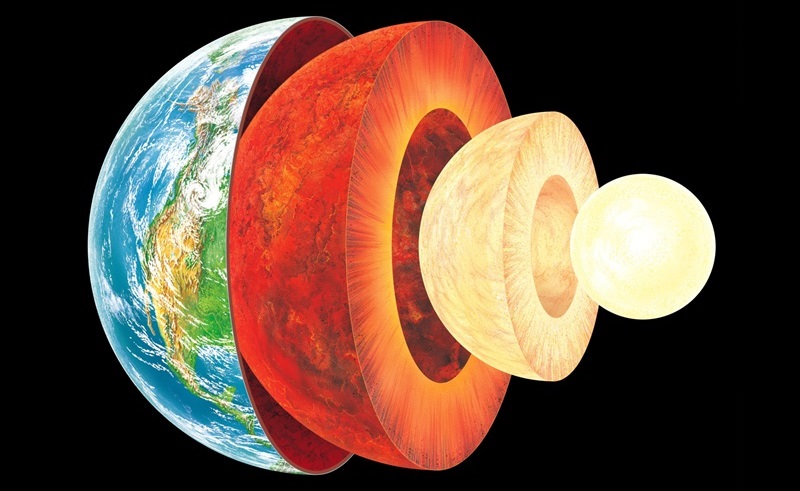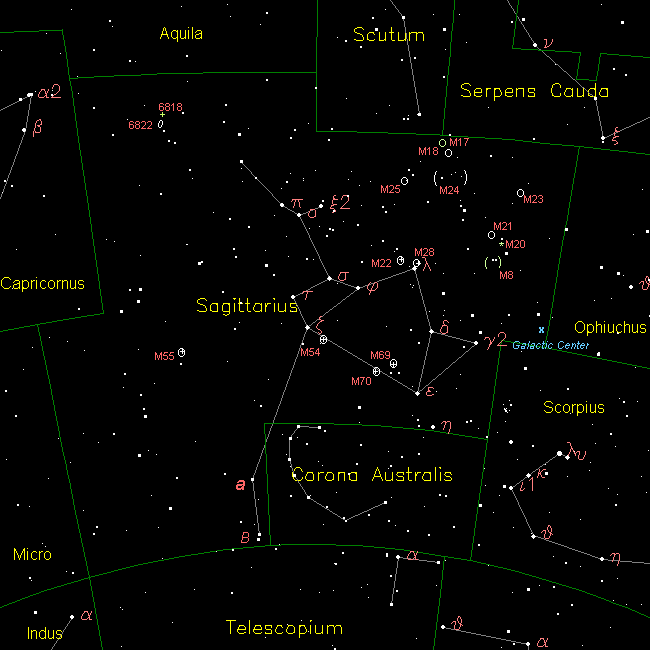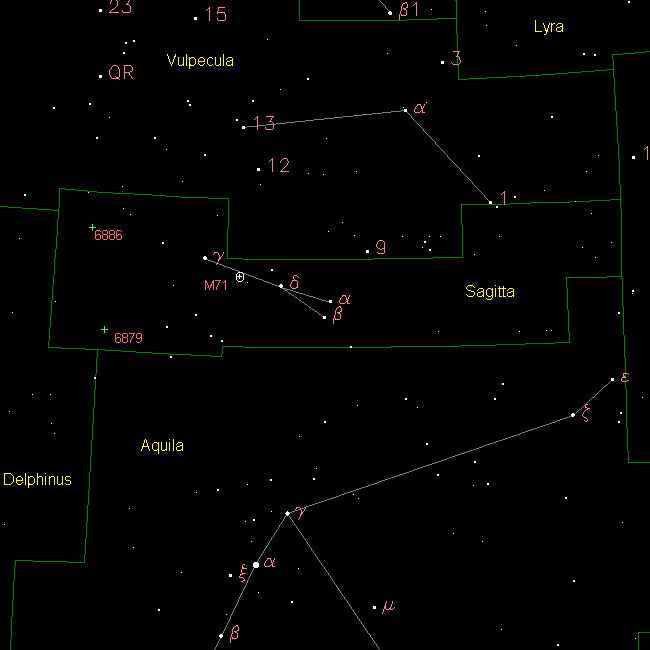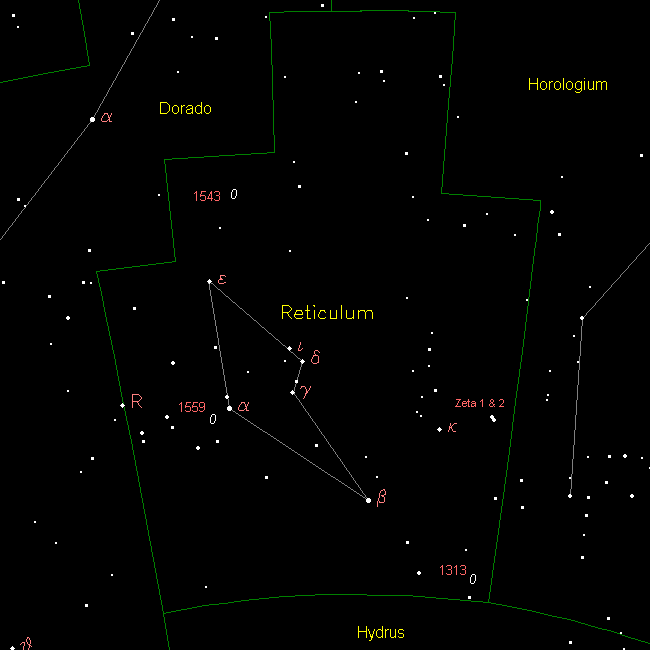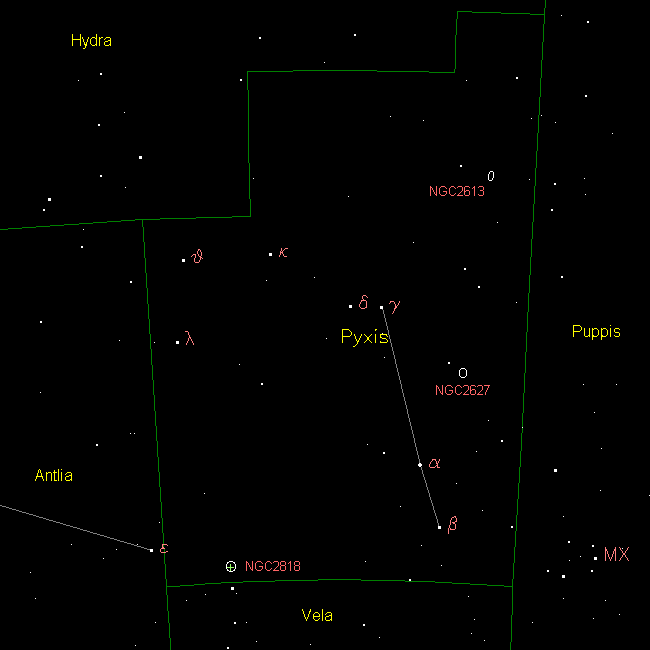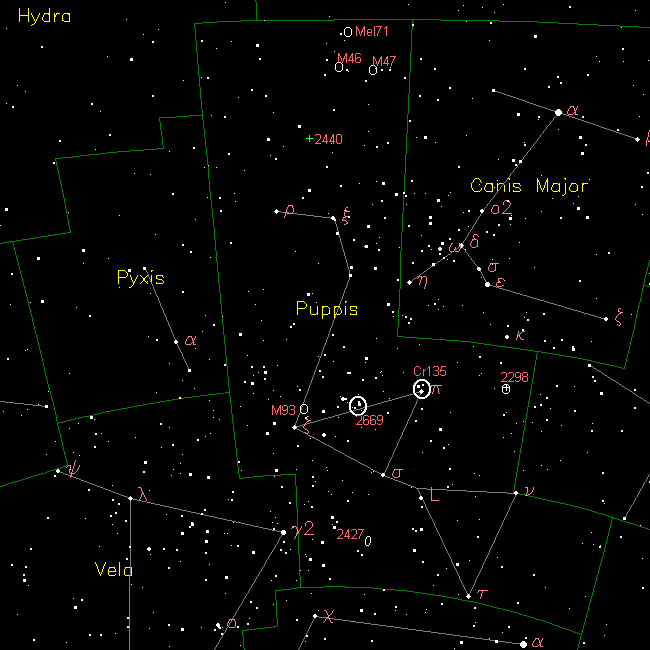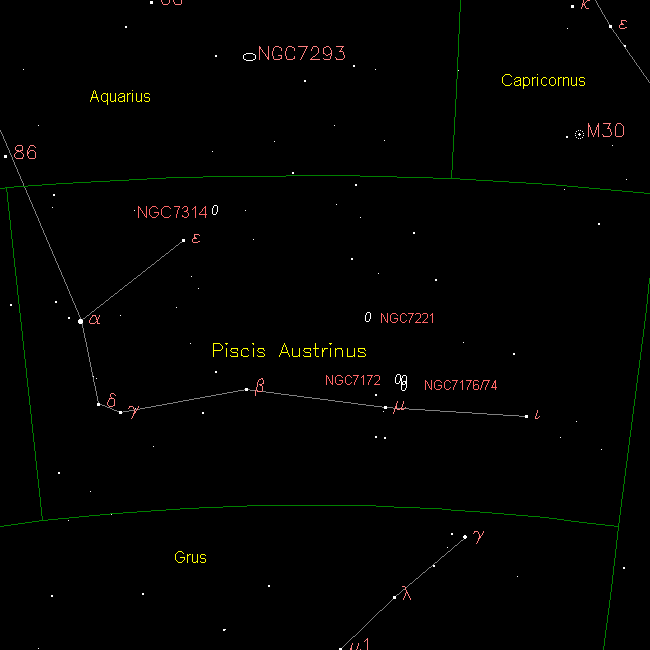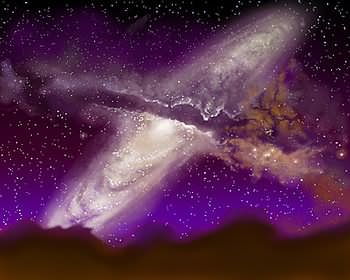[/caption]
The zodiacal constellation of Scorpius resides on the ecliptic plane and was one of the original 48 constellations charted by Ptolemy to be later adopted as a modern constellation by the IAU. It covers 497 square degrees of sky and ranks 33rd in size. Scorpius has 15 main stars in its asterism and 47 Bayer Flamsteed designated stars within its confines. It is bordered by the constellations of Sagittarius, Ophiuchus, Libra, Lupus, Norma, Ara and Corona Australis. Scorpius is visible to all observers located at latitudes between +40° and ?90° and is best seen at culmination during the month of July.
There are two annual meteor showers associated with the constellation of Scorpius. The first is the Alpha Scorpiids – which begin on or about April 16 and end around May 9. The peak date of most activity is on or about May 3 and the radiant is near the brilliant red star, Antares. The second meteor shower, the June Scorpiids peaks on or about June 5 of each year. The radiant for this particular meteor shower is closer to the Ophiuchus border and the activity rate on the peak date is high – with about 20 meteors (average) per hour and many reported fireballs.
Because Scorpius was easy visible to ancient civilizations and its patterns do resemble the Scorpion which it represents, there is a great deal of mythology associated with this constellation. To the Greeks it represented the creature sent by Hera to eliminate Orion the Hunter – forever kept apart in the sky to continue their heavenly feud. Perhaps it was Apollo who sent the Scorpion and Orion flees it? Scorpius was also said to appear to Phaethon, who wrecked the sun-chariot when the horses balked at the mighty monster’s appearance. The Oriental culture recognized this pattern of stars as part of the Dragon, while the Polynesians saw it as a fishhook. No matter what legend you choose to place on this pattern of stars, its curving asterism is very distinctive and easy to recognize!
Let’s begin our binocular tour of Scorpius with its brightest star – Alpha – the “a” symbol on our chart. Antares is part of of the Upper Scorpius Association of Stars and is no doubt also a star poised on the edge of extinction. At a safe distance of 500 light-years, you’ll find this pulsating red variable equally fascinating to the eye as well as to the telescope. Unlike other stars, Alpha Scorpii also has a companion which can be revealed to small telescopes under steady conditions. Discovered on April 13, 1819 during a lunar occultation, this 6.5 magnitude green companion isn’t the easiest to split from such a bright primary – but it’s certainly fun to try to spot its 5.4 magnitude green companion. Like winter’s Sirius, the Antares pair needs especially still – but not necessarily dark – skies. It also requires a well-chosen magnification – one high enough to separate the two close stars (2.9 arc seconds), but low enough to concentrate the fainter star’s (magnitude 5.4) light. Did you know that Antares’ true rival is brighter Betelgeuse? Photometric measurements show that more massive Betelgeuse is slightly redder than Antares. Fortunately, the “Rival” does reside along the ecliptic plane allowing us many opportunities to see it accompany other solar system objects and be occulted by the Moon!
Keep your binoculars handy because all you have to know is Antares and go west…
Just slightly more than a degree away you’ll find a major globular cluster perfectly suited for every size telescope and binoculars – M4 (RA 16 23 35 Dec 26 31 31). This 5th magnitude Class IX cluster can even be spotted unaided from a dark location! In 1746 Philippe Loys de Cheseaux happened upon this 7200 light-year distant beauty – one of the nearest to us. It was also included in Lacaille’s catalog as object I.9 and noted by Messier in 1764. Much to Charles’ credit, he was the first to resolve it!
As one of the loosest globular clusters, M4 would be tremendous if we were not looking at it through a heavy cloud of interstellar dust. To binoculars, it is easy to pick out a very round, diffuse patch – yet it will begin resolution with even a small telescope. Large telescopes will also easily see a central “bar” of stellar concentration across M4’s core region, which was first noted by William Herschel. As an object of scientific study, the first millisecond pulsar was discovered within M4 in 1987 – one which spins 10 times faster than the Crab Nebula pulsar. Photographed by the Hubble Space Telescope in 1995, M4 was found to contain white dwarf stars – the oldest in our galaxy – with a planet orbiting one of them! A little more than twice the size of Jupiter, this planet is believed to be as old as the cluster itself. At 13 billion years, it would be three times the age of the Sol system!
Keep your binoculars or a small telescope handy as well go off to explore a single small globular cluster – Messier 80. Located about 4 degrees northwest of Antares (half a fist), this little globular cluster is a powerpunch. Located in a region heavily obscured by dark dust, the M80 will shine like an unresolvable star to small binoculars and reveal itself to be one of the most heavily concentrated globulars to the telescope. Discovered within days of each other by Messier and Mechain respectively in 1781, this intense cluster is around 36,000 light years distant.
In 1860, the M80 became the first globular cluster to contain a nova. As stunned scientists watched, a centrally located star brightened to magnitude 7 over a period of days and became known as T Scorpii. The event then dimmed more rapidly than expected, making observers wonder exactly what they had seen. Since most globular clusters contain stars all of relatively the same age, the hypothesis was put forward that perhaps they had witnessed an actual collision of stellar members. Given the cluster contains more than a million stars, the probability remains that some 2700 collisions of this type may have occurred during the M80’s lifetime.
Now head for Lambda Scorpii and hop three fingerwidths northeast to NGC 6406 (RA 17 40 18 Dec -32 12 00)… We’re hunting the “Butterfly!” Easily seen in binoculars and tremendous in the telescope, this brilliant 4th magnitude open cluster was discovered by Hodierna before 1654 and independently found by de Cheseaux as his Object 1 before being cataloged by Messier as M6. Containing about 80 stars, the light you see tonight left its home in space around the year 473 AD. Messier 6 is believed to be around 95 million years old and contains a single yellow supergiant – the variable BM Scorpii. While most of M6’s stars are hot, blue, and belong to the main sequence, the unique shape of this cluster gives it not only visual appeal, but wonderful color contrast as well.
Less than 3 arc minutes east of 3.3 magnitude G Scorpii (the tail star of the Scorpion) is 7.4 magnitude globular cluster NGC 6441. No challenge here. This 38,000 light-year distant compact cluster is around 13 thousand light-years from the galactic core. It was first noted by James Dunlop from southeastern Australia in 1826.
Around two and a half degrees northeast of G Scorpii (and NGC 6441) is another interesting deep sky twosome – bright open cluster M7 and faint globular NGC 6453. M7 was first recorded as a glowing region of faint stars by Ptolemy circa 130 CE. Located 800 light-years away, the cluster includes more than half a dozen 6th magnitude stars easily resolved with the least amount of optical aid. Through telescopes, as many as 80 various stars can be seen and it rocks in binoculars!
Now head northeast and the faint haze of 31,000 light-year distant globular cluster NGC 6453 will reveal itself to mid- and large-sized scopes. Like NGC 6441, this globular cluster was discovered from the southern hemisphere, in this case by John Herschel on June 8, 1837 while observing from the Cape of Good Hope, South Africa.
It’s time to aim your telescope at NGC 6302, a very curious planetary nebula located around three fingerwidths west of Lambda Scorpii: it is better known as the “Bug” nebula (RA 17 13 44 Dec -37 06 16). With a rough visual magnitude of 9.5, the Bug belongs to the telescope – but it’s history as a very extreme planetary nebula belongs to us all. At its center is a 10th magnitude star, one of the hottest known. Appearing in the telescope as a small bowtie, or figure 8 shape, huge amounts of dust lie within it – very special dust. Early studies showed it to be composed of hydrocarbons, carbonates and iron. At one time, carbonates were believed associated with liquid water, and NGC 6302 is one of only two regions known to contain carbonates – perhaps in a crystalline form.
Ejected at a high speed in a bi-polar outflow, further research on the dust has shown the presence of calcite and dolomite, making scientists reconsider the kind of places where carbonates might form. The processes that formed the Bug may have begun 10,000 years ago – meaning it may now have stopped losing material. Hanging out about 4000 light-years from our own solar system, we’ll never see NGC 6302 as well as the Hubble Telescope presents its beauty, but that won’t stop you from enjoying one of the most fascinating of planetary nebulae!
Now begin your starhop at the colorful southern Zeta pair and head north less than one degree for NGC 6231 (RA 16 : 54.0 Dec -41 : 48). Wonderfully bright in binoculars and well resolved to the telescope, this tight open cluster was first discovered by Hodierna before 1654. De Cheseaux cataloged it as object 9, Lacaille as II.13, Dunlop as 499, Melotte as 153, and Collinder as 315. No matter what catalog number you chose to put in your notes, you’ll find the 3.2 million year young cluster shining as the “Northern Jewelbox!” For high power fans, look for the brightest star in this group – it’s van den Bos 1833, a splendid binary.
About another degree north is loose open cluster Collinder 316, with its stars scattered widely across the sky. Caught on its eastern edge is another cluster known as Trumpler 24, a site where new variables might be found. This entire region is encased in a faint emission nebula called IC 4628 – making this low power journey through southern Scorpius a red hot summer treat!
When you are done, hop west (RA 16 25 18 Dec 40 39 00) to encounter the fine open cluster NGC 6124. Discovered by Lacaille and known to him as object I.8, this 5th magnitude open cluster is also known as Dunlop 514, as well as Melotte 145 and Collinder 301. Situated about 19 light-years away, it will show as a fine, round, faint spray of stars to binoculars and be resolved into about 100 stellar members to larger telescopes. While NGC 6124 is on the low side for northern observers, it’s worth the wait for it to hit its best position. Be sure to mark your notes, because this delightful galactic cluster is a Caldwell object and a southern skies binocular reward!
There are many, many more splendid object to be discovered in the constellation of Scorpius, so be sure to get a detailed star chart and enjoy!
Sources:
Wikipedia
Chandra Observatory
Chart Courtesy of Your Sky.


